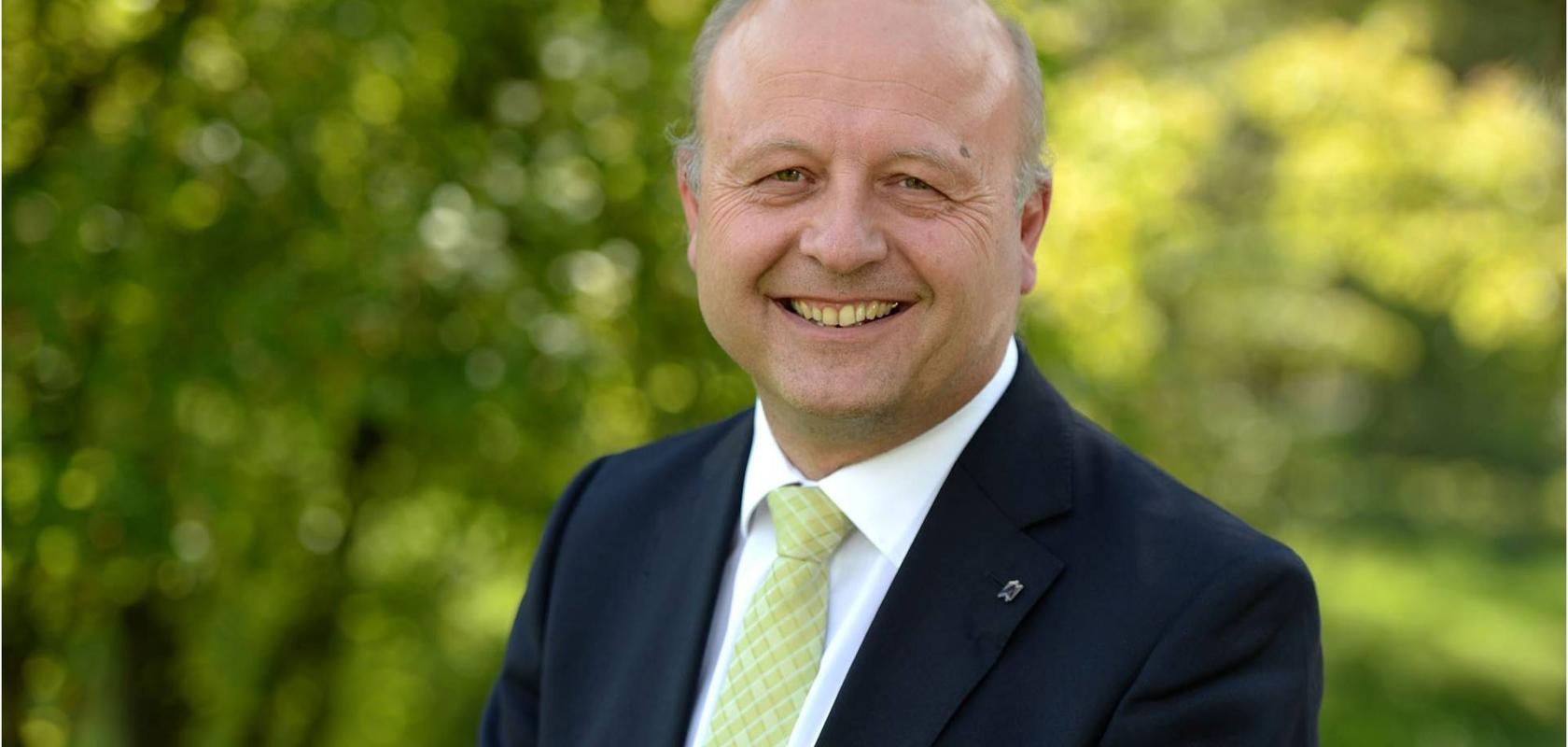EOS board member Michael Pfeffer says that industry leaders must support engagement in standardisation activities
At first glimpse, standardisation sounds boring. However, if you look twice at it, you realise there is a lot of potential. If we focus on optics and photonics, industry particularly in the UK, France and Germany is rather active in developing, updating and creating new standards. Often researchers, engineers and practitioners from industry and academia are active in both the national standards body of their country and the European Optical Society (EOS).
The success and the acceptance of new standards are heavily influenced by the interaction and communication of all relevant stake-holders. In the last two decades optics and photonics added a lot of capability to a broad range of industrial applications. Thus, standardisation of these technologies is now required in order to assure the demanded industrial quality level on one side, and the compatibility with other technologies on the other side.
In this context the exchange between academia and industry gains importance. Therefore, in 2014, EOS established an Industrial Advisory Committee in order to support the exchange between research and companies. Willi Ulrich, who has more than 20 years of experience in senior optical design roles at Carl Zeiss, was one of the initiators of this committee. The group helps to match the activities of the EOS with the needs of the European optics and photonics industry.
One focus was given to standardisation, because a lot of standardisation questions arose from EOS members at the interface between theory and practice. Here, the interdependence of the optical design, metrology and fabrication of aspherical and freeform optical surfaces is an excellent example where coherent standardisation creates a benefit for all players. Thus, it is very helpful that Ulrich has experience as both the chairman of EOS’s Industrial Advisory committee, and the chairman of Technical Committee – TC 172 Optics and Photonics. The result of this initiative is the addition of elements to the ISO-standard 10110 Preparation of drawings for optical elements and systems, including part 12: aspheric surfaces and part 19: general description of surfaces and components.
Similarly, Rainer Schuhmann, of Berliner Glas, recently published a paper on the description of aspherical surfaces. With a special focus on consistent notation and nomenclature, he presented sets of relevant equations, which certainly will influence the next edition of ISO 10110-12. Currently, most activities in the field of optical standardisation are performed in TC 172. Broad subjects, from fundamental standards to standards of laser and electro-optical systems, are covered by this committee.
Those who are part of national and international standardisation working groups are not always fully supported by their superiors. Most of this skepticism and reservation results from a mixture of concerns, such as losing property knowhow, or not understanding the importance and the strategic aspects of standardisation.
Subsequently, it should be mentioned that standardisation has the potential to support or hinder whether certain products or technologies are accepted by OEMs as supply parts, by regulatory authorities as permitted technologies or by customers who require a minimum performance. As recognised and generally accepted good engineering practices (RAGAGEP), standards even play a significant role in legislation. Thus, superiors and industrial leaders should have an active interest to support their collaborators in their standardisation engagement.
New areas of activity deal with future standards on diffractive optical elements, Neutral Optical Data Interchange Format, deep-learning aided image recognition, standards on human factors in the field of augmented and/or virtual reality.
In any case standardisation in optics and photonics is a challenging field for both industrial practitioners and academic researchers.
Including a discussion platform, the EOSAM2020 meeting, which will take place from 7 to 11 September 2020 in Porto, Portugal, will also cover standardisation issues.
- Michael Pfeffer is a member of NA 027 DIN-Standards-Committee Precision-mechanics and Optics (NAFuO). His contact details are: pfeffer@rwu.de
Upcoming EOS events
European Optical Society Annual Meeting (EOSAM) 2020
7 – 11 September, 2020
Porto, Portugal
Several topical meetings, an industrial exhibition and much more. Stay tuned:


